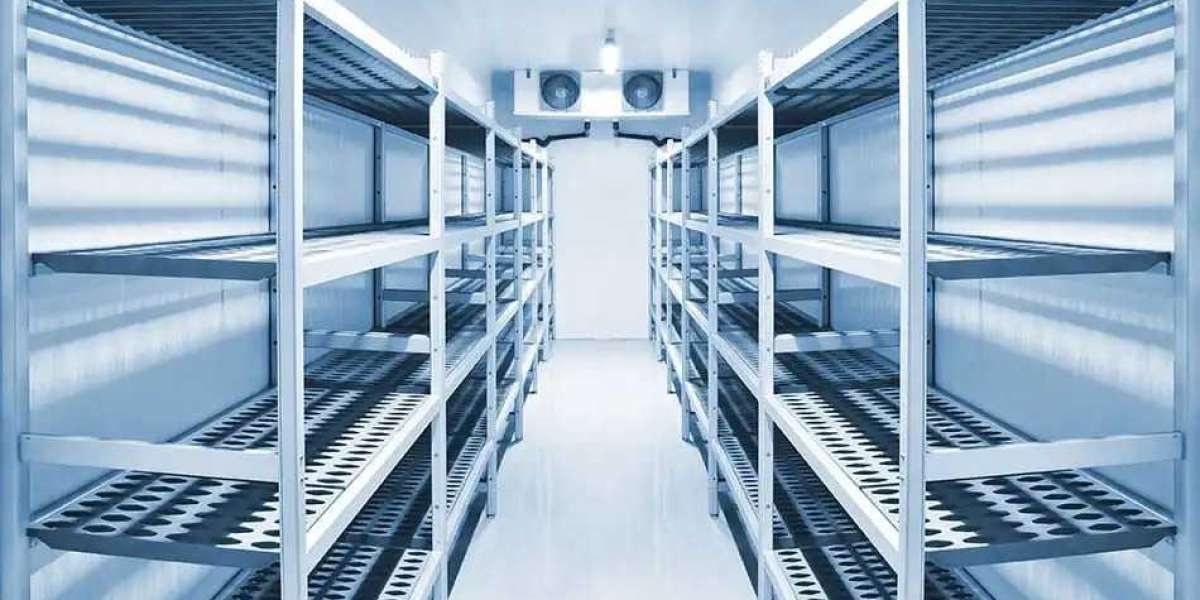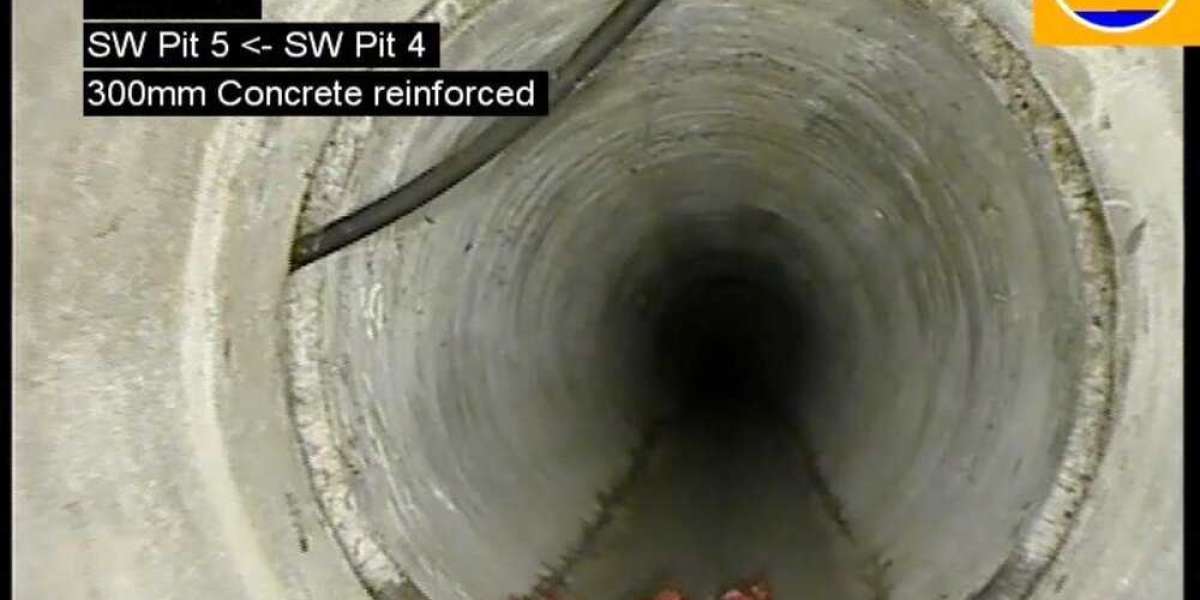Introduction:
As one of the leading Cold Room Manufacturers in Madhya Pradesh, we recognize the importance of addressing various critical factors in the design process. Below are key considerations to keep in mind when designing a cold room facility.
1. Understanding the Storage Requirements
Defining Product Specifications
The initial step in designing a cold room facility is to clearly define the storage requirements. Determine the type of products to be stored, such as perishable goods, pharmaceuticals, or industrial materials. Each product type has specific temperature and humidity requirements that must be maintained to ensure quality and safety.
Capacity Planning
Consider both current and future storage capacity needs. Designing a facility that accommodates anticipated growth ensures long-term cost-effectiveness and functionality. Adequate planning prevents future operational disruptions and allows for seamless scalability.
2. Location and Site Selection
Strategic Placement
Selecting an appropriate location is crucial for the efficiency of the cold room facility. It should be strategically situated to minimize transportation time and costs, ensuring proximity to suppliers and markets. This placement reduces spoilage and enhances the freshness of stored products.
Infrastructure and Accessibility
Ensure the site has robust infrastructure, including reliable power supply, water sources, and good road connectivity. Accessibility for transportation vehicles is essential for smooth logistics and operational efficiency.
3. Building Design and Construction
High-Quality Insulation
Effective insulation is vital for maintaining consistent temperatures within the facility. Utilizing high-quality insulation materials prevents temperature fluctuations and reduces energy consumption. Durable building materials resistant to moisture and wear are also essential.
Temperature Zoning
Design the facility with separate temperature zones tailored to different product requirements. This includes areas for chilling, freezing, and general cold storage. Zoning optimizes energy usage and ensures products are stored under ideal conditions.
Efficient Layout Design
An efficient layout maximizes storage capacity and streamlines operations. Consider the flow of goods from receiving to storage and dispatch. An optimized layout facilitates easy access to products, minimizing handling times and operational costs.
4. Temperature and Humidity Control
Advanced Refrigeration Systems
Invest in advanced refrigeration systems that provide precise temperature control and energy efficiency. Regular maintenance of these systems is crucial to prevent breakdowns and ensure consistent performance.
Automated Monitoring Systems
Implement automated systems to monitor temperature and humidity levels in real time. These systems provide alerts for any deviations, allowing for immediate adjustments. Automation enhances efficiency and reduces labor costs.
5. Energy Efficiency and Sustainability
Renewable Energy Integration
Integrate renewable energy sources, such as solar panels, to reduce the facility's carbon footprint and operational costs. Sustainable practices benefit the environment and enhance the company’s reputation for corporate responsibility.
Energy-Efficient Technologies
Use energy-efficient lighting and equipment to further reduce energy consumption. LED lights, motion sensors, and high-efficiency refrigeration units contribute to lower operating costs and a more sustainable operation.
6. Compliance and Safety
Adherence to Regulatory Standards
Ensure the facility complies with all relevant local and international regulatory standards. This includes food safety regulations, building codes, and environmental guidelines. Compliance is essential for legal operation and maintaining customer trust.
Comprehensive Safety Protocols
Implement robust safety protocols to protect both the products and personnel. This includes fire safety measures, emergency exits, and proper ventilation. Regular staff training on safety procedures is also critical to maintaining a safe working environment.
7. Specialized Cold Room Solutions
Chiller Rooms
For businesses requiring chiller solutions, specialized designs are necessary. As experienced Chiller Manufacturers in Mumbai, we emphasize the importance of maintaining precise temperature control and energy efficiency. Customizable chiller solutions cater to specific needs, ensuring maximum operational efficiency and product preservation.
Conclusion:
Designing a cold room facility requires careful consideration of storage needs, location, building design, temperature control, energy efficiency, compliance, and specialized solutions. Addressing these key factors ensures the creation of an efficient, reliable, and sustainable Chiller Manufacturers in Maharashtra facility that meets the demands of various industries.



